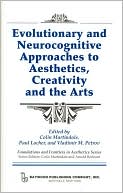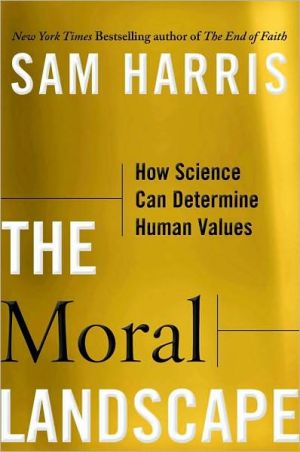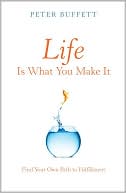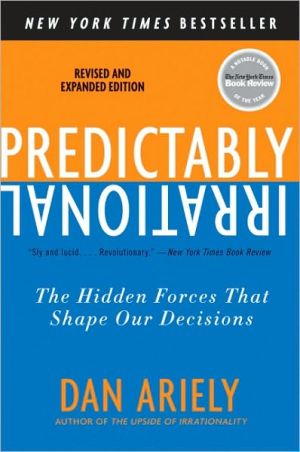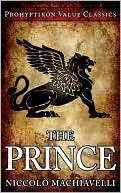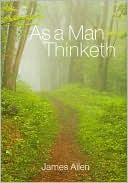Evolutionary and Neurocognitive Approaches to Aesthetics, Creativity and the Arts
Search in google:
In this book, well-known scholars describe new and exciting approaches to aesthetics, creativity, and psychology of the arts, approaching these topics from a point of view that is biological or related to biology and answering new questions with new methods and theories. All known societies produce and enjoy arts such as literature, music, and visual decoration or depiction. Judging from prehistoric archaeological evidence, this arose very early in human development. Furthermore, Darwin was explicit in attributing aesthetic sensitivity to lower animals. These considerations lead us to wonder whether the arts might not be evolutionarily based. Although such an evolutionary basis is not obvious on the face of it, the idea has recently elicited considerable attention. The book begins with a consideration of ten theories on the evolutionary function of the arts, and this is followed by several chapters that consider the possible evolutionary function of specific arts such as music and literature. The theory of evolution was first drawn up in biology, but evolution is not confined to biology: genuinely evolutionary theories of sociocultural change can be formulated. That they need to be formulated is shown in several chapters that discuss regular trends in literature and scientific writings. Psychologists have recently rediscovered the obvious fact that thought and perception occur in the brain, so cognitive science moves ever closer to neuroscience. Several chapters give overviews of neurocognitive and neural network approaches to creativity and aesthetic appreciation. The book concludes with two exciting chapters describing brain-scan research on what happens in the brain during creativity and presenting a close examination of the relationship between genetically transmitted mental disorder and creativity.
PrefaceColin MartindaleChapter 1 What Art is and What Art Does: An Overview of Contemporary Evolutionary Hypotheses Ellen DissanayakeChapter 2An Evolutionary Model of Artistic and Musical Creativity Gregory J. FeistChapter 3 The Adaptive Function of Literature Joseph CarrollChapter 4Does Reading Literature Make People Happy? Willie van Peer, Alexandra Menties and Jan AuracherChapter 5Cognitive Poetics and Poetry Recital Reuven TsurChapter 6The Alphabet and Creativity: Implications for East Asia William C. HannasChapter 7Creativity, Gender, History, and Authors of Fantasy for Children Ravenna HelsonChapter 8Trends in the Creative Content of Scientific Journals: Good, but Not as Good! Robert HogenraadChapter 9The Information Approach to Human Sciences, Especially Aesthetics Vladimir M. Petrov Chapter 10Art and Cognition: Cognitive Processes in Art Appreciation Helmut Leder and Benno BelkeChapter 11Literary Creativity: A Neuro-Psychoanalytic View Norman N. HollandChapter 12A Neural-Network Theory of Beauty Colin MartindaleChapter 13Neural Correlates of Creative Cognition Oshin Vartanian and Vinod GoelChapter 14Creativity, DNA, and Cerebral Blood Flow Rosa Aurora Chávez-EakleChapter 15Artistic Creativity and Affective Disorders: Are They Connected? Dennis K. Kinney and Ruth L. Richards
